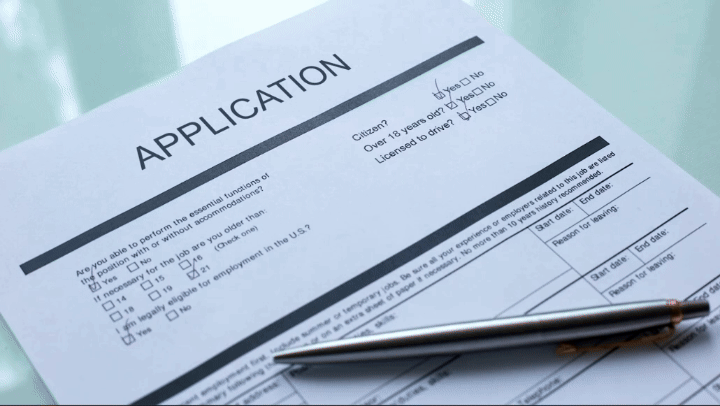
Artificial Intelligence
5 things to remember when talking to a chatbot
When using ChatGPT or other chatbots, remember your voice matters and watch out for flattery and hallucinations. And for important advice, ask real people.
Come explore with us!

When using ChatGPT or other chatbots, remember your voice matters and watch out for flattery and hallucinations. And for important advice, ask real people.

Katarzyna Nowaczyk-Basińska investigates the risk of AI-driven grief bots — while commuting between Poland and England.

Rather than seeking generic signs of AI-generated text, it compares two texts to confirm they both share a writer’s unique style.

Developers can use AI to generate code, dialog, playable environments and more. But at its heart, making video games remains a creative human endeavor.

The current way to produce antivenoms is outdated. In lab tests, AI-designed proteins could save mice from a lethal dose of snake toxin.

Chatbots answer one question at a time. Reasoning agents work through a problem step by step. DeepSeek makes this new type of AI far less costly.

Large language models, or LLMs, are language-processing systems that underpin advanced AI technologies such as ChatGPT.

Inspired by his own severe food allergies, Thermo Fisher JIC finalist Samvith Mahadevan built a device to protect people from allergen exposure.

People are using AI to mimic their own voice, likeness and personality. Some are excited about these new digital clones. Others worry, what could go wrong?

AI job-screening tools ranked white-associated names higher than Black-sounding ones. Male names also were preferred. Black male names were never favored.